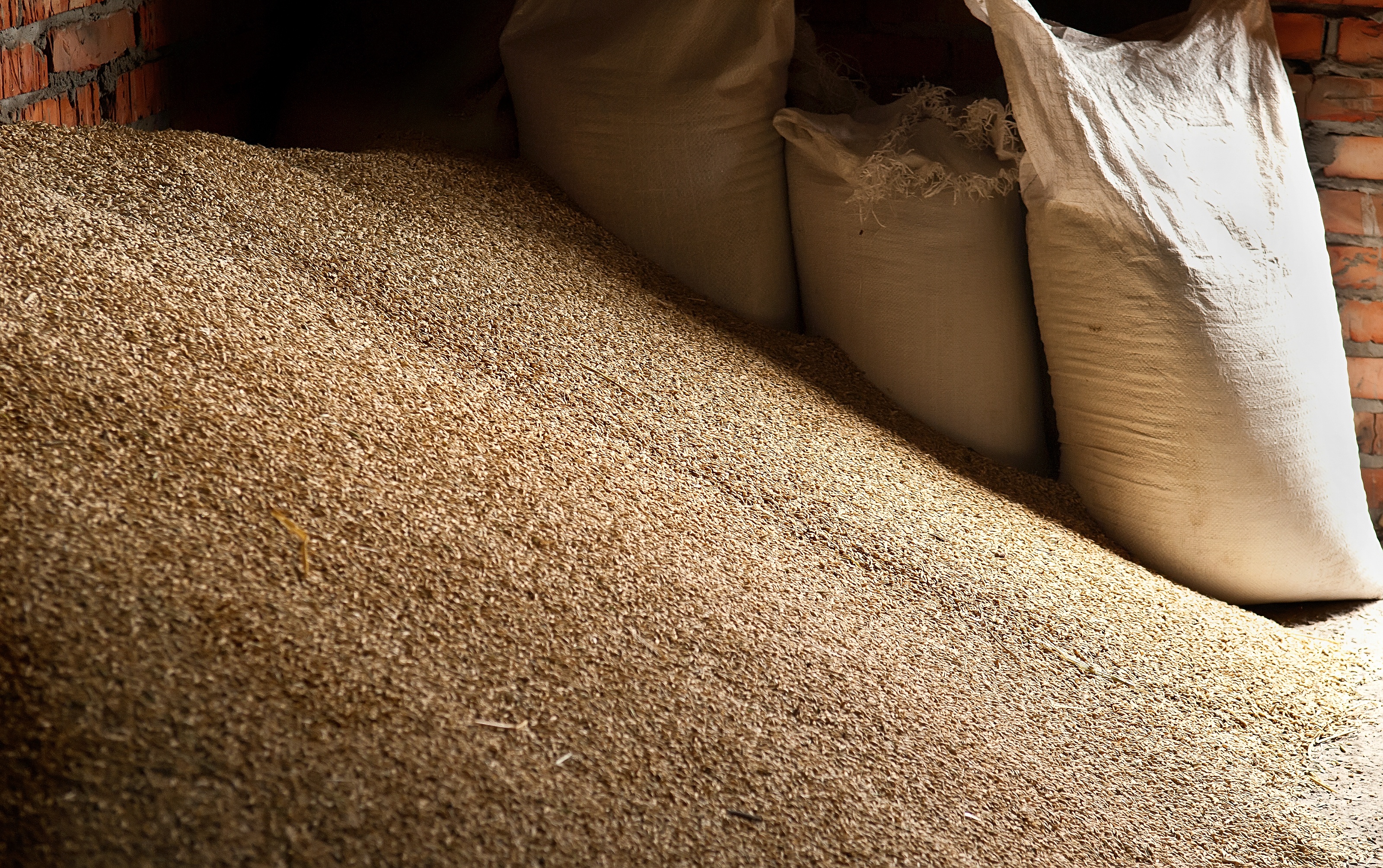
Let’s take another look at logistics for a Viking army. In about 868, Ivar the Boneless, one of Ragnar Lothbrok’s four sons, fortified Nottingham.
A fun book, The Sea Wolves: A History of the Vikings by Lars Brownworth, described this campaign and its logistics.
King Burghred of Mercia combined forces with King Athelred of Wessex to deal with the Viking invasion. The allied forces advanced on Nottingham where the Vikings were patiently waiting behind their fortifications.
The Vikings tried to avoid attacking in battle. Instead, their preferred tactic was to draw an attack and then respond with a withering counterattack. They excelled at defense.
Short version of the story is Ivar was better supplied than the Saxons, whose soldiers faded away to go home and take in their harvest.
The siege ended when Ivar accepted an unspecified, though presumably really large bribe, Burghred acknowledged Ivar, and Ivar headed north to York.
The book describes the logistics of surviving a siege.
With 1,000 warriors, an army the size of Ivar’s required 4,000 pounds of flour and 1,000 gallons of water a day. That would be 4 pounds of flour and 1 gallon of water per soldier.
As a footnote in the book points out, keep in mind that is the minimum amount of food to keep the soldiers alive.
Not happy, just alive. Also, the lack of meat and fruit would likely lead to low morale. Gruel and water would get really boring and irritating after a few weeks. Having 1,000 grumpy soldiers who are heavily armed is not a formula for restful nights by the leaders.
The 500 horses Ivar had commandeered (i.e. stolen) each needed 12 pounds of grain and 13 pounds of hay a day according to the book. That would be 6,000 pounds of grain and 6,500 pounds of hay in total every day, or 6.25 tons of feed.
Wikipedia says a horse drinks between 5 and 10 gallons of water a day. I’ll assume 5 gallons, since horses back then were smaller than those we think of today.
Book points out a smelly part of logistics. That many horses would, um, generate 280 gallons of urine and, ah, 2,000 pounds of manure each day. That works out to just over half a gallon of urine and 4 pounds of manure every day.
Now, let’s step that up to a siege. Here would be the needed supplies (and, um, horse, um, output) for a day, a month of siege, and 3 months of siege:
| soldiers | 1/ day | 1000/day | 1000/mo. | 1000/qtr | tons, qtr |
| flour, pounds | 4 | 4,000 | 120,000 | 360,000 | 180 |
| water, gallons | 1 | 1,000 | 30,000 | 90,000 | |
| . | |||||
| horses | 1/ day | 500/day | 500/30 dy | 500/3mo | |
| grain, pounds | 12 | 6,000 | 180,000 | 540,000 | 270 |
| hay, # | 13 | 6,500 | 195,000 | 585,000 | 293 |
| water, gal. | 5 | 2,500 | 75,000 | 225,000 | |
|
total: |
|||||
| foodstuff, # | 16,500 | 495,000 | 1,485,000 | 743 | |
| water, gal. | 3,500 | 105,000 | 315,000 | ||
| . | |||||
| horse waste | 1 /day | 500/day | 500/30 dy | 500/3mo | |
| manure, # | 4.0 | 2,000 | 60,000 | 180,000 | 1,013 |
| urine, gal. | 0.6 | 280 | 8,400 | 25,200 |
Gathering 180 tons of flour along with 660 tons of feed for horses in order to prepare for a 3 month siege would be a major effort.
For a time horizon on a siege, consider the book says the Vikings laid siege to Dumbarton. The defenders expected to hold out for a long time because they had a deep well providing a long-term supply of water.
The Vikings were able to interfere with the water supply somehow which led a surprisingly quick surrender after four months. Notice a surrender in 4 months is considered surprisingly quick.
Book says that ancient reports said that it took 200 longboats to haul away all the plunder from Dumbarton. Oh, book says most of the defenders were slaughtered with the few survivors sold into captivity.